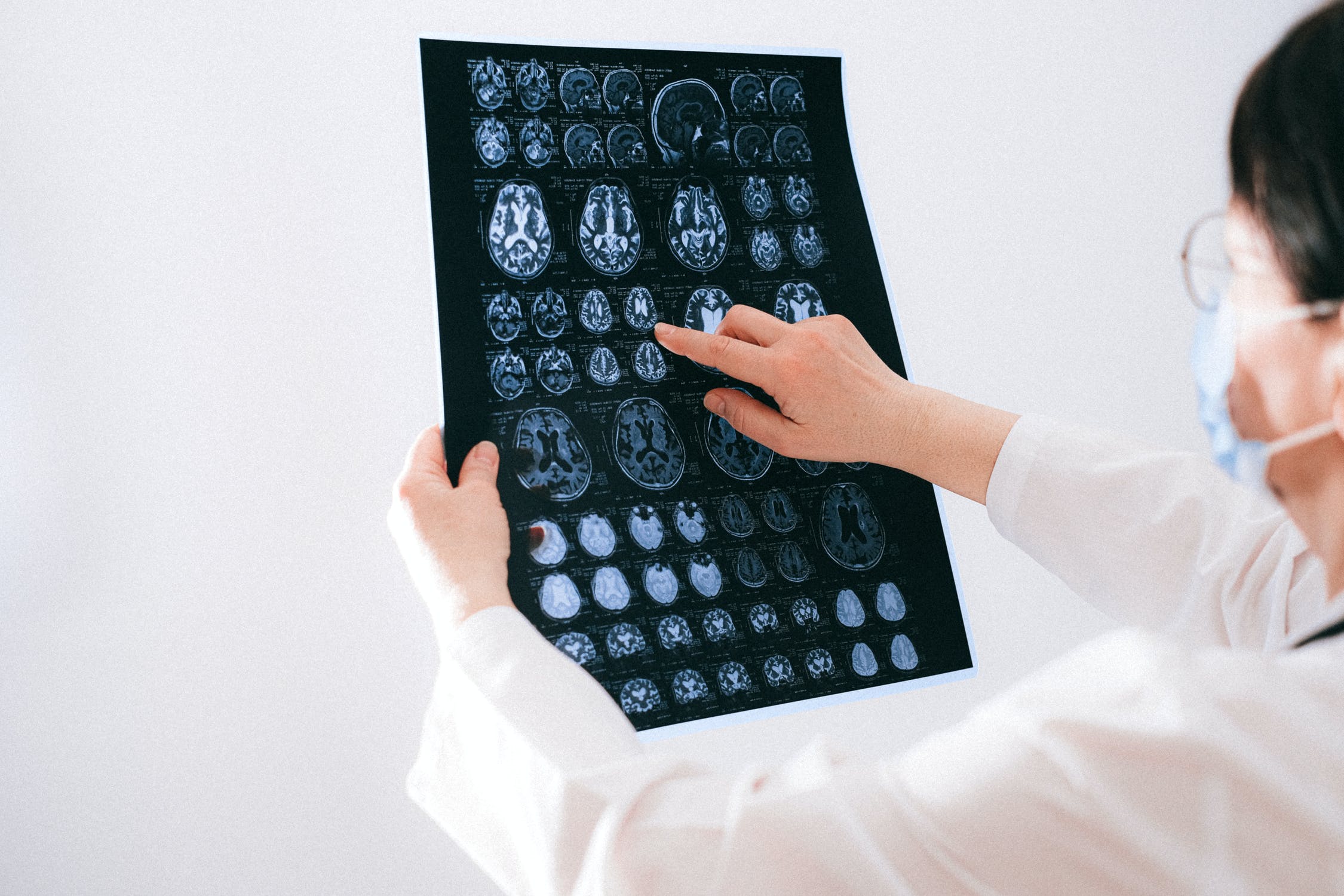
COVID-19 is a current danger to everyone, and the long-term effects are still only just being understood. The Mayo Clinic mentions that nerve damage and brain damage are possible, even in younger people. This problem raises a lot of questions about how we see COVID-19, especially with the rhetoric that it doesn’t affect children as severely as older adults. New research has shown that the nerve damage associated with COVID-19 could be debilitating and may lead to complications later on in the young patient’s life.
Two New Studies Highlight Issues
Two new studies have shown the debilitating effects on younger patients who manage to recover from the illness. The first study was published in the journal Radiology and highlights that peripheral nerve damage may help guide doctors on recovery methods. The study goes on to state that, as patients recover, the signs of neuromuscular complications are being observed with increasing frequency. This nerve damage can have long-lasting, permanent consequences and may make it difficult for the individual to live a full and healthy life. The imaging provided by an MRI can significantly impact patient care and keep doctors informed about the level of deterioration and location of the nerve damage.
The second study was published in the American Journal of Roentgenology and mentions that an exaggerated immune response could lead to severe damage to the central nervous system. The study explores the causes of the damage and concludes that the virus’s incursion into the body may have led to immune activation. In turn, this activation may result in a cytokine storm or massive coagulation of blood throughout the body’s systems, making it more likely that a heart attack may occur. These studies, together, show how important it is that doctors detect and deal with the nerve damage that COVID-19 could potentially cause.
Typical Classifications of Nerve Damage
After having gone through the virus and come out on the other side alive, many people believe they’ve left the problems associated with the virus behind. Yet, these new studies suggest that may not actually be the case. In fact, the long-term nerve damage associated with the virus has its own series of symptoms. Nerve damage may result in fatigue, muscle weakness, and even problems with locomotion. Numbness or tingling in other parts of the body are both potential fallout from the virus’s impact on the body’s nervous system.
More Than “Just a Flu”
There is still a massive population who are unsure about what the virus brings. Many of these think that getting it and getting over it is a simple matter. These studies highlight a glaring flaw in these individuals’ thought processes. If someone contracts the illness, they may be facing more than just the symptoms of COVID-19. Even if they recover (which is likely, for someone who is below a certain critical age threshold), they may have to deal with complications to their CNS. MRIs may provide some assistance to treating this after someone has already been infected, but avoiding the infection altogether is a safer bet.